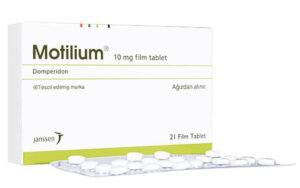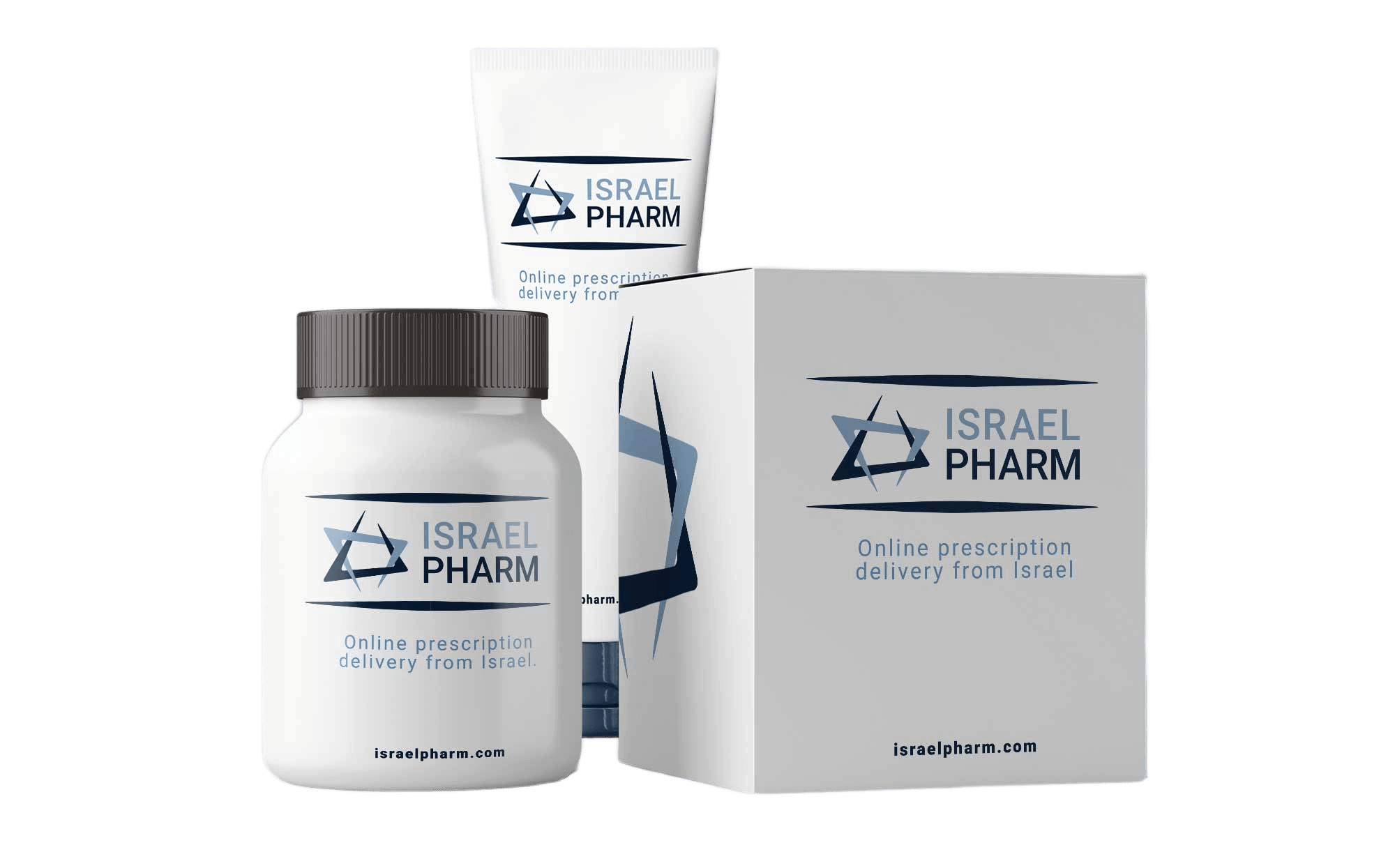 Two conditions can cause breathing problems, displaying similar symptoms but coming from different causes. These are asthma and Chronic Obstructive Pulmonary Disease (COPD). A third condition known as ACOS (Asthma-COPD Overlap Syndrome) has some of the symptoms of asthma and COPD that are experienced simultaneously. All three share some similarities in the symptoms, mainly involving difficulty breathing. They do differ to some extent in the age brackets in which they most commonly manifest, how they affect people, and how doctors treat them.
Two conditions can cause breathing problems, displaying similar symptoms but coming from different causes. These are asthma and Chronic Obstructive Pulmonary Disease (COPD). A third condition known as ACOS (Asthma-COPD Overlap Syndrome) has some of the symptoms of asthma and COPD that are experienced simultaneously. All three share some similarities in the symptoms, mainly involving difficulty breathing. They do differ to some extent in the age brackets in which they most commonly manifest, how they affect people, and how doctors treat them.
An overview of breathing
The function of the lungs is to oxygenate blood and remove carbon dioxide. Oxygen is the key gas that underpins all of the metabolic processes in a living person, and carbon dioxide is the result of those chemical reactions. Any difficulty in breathing can result in insufficient oxygen circulating throughout the body. If that persists for even a few minutes, it can cause irreparable harm and even be fatal. The process of breathing is a cycle of inhalation (breathing in) and exhalation (breathing out). This cycle should normally occur 15 to 20 times each minute in a healthy person at rest. If a person is exercising or excited, it may be pushed up to 30 or even 40 puffs per minute. In inhalation, oxygen-rich air is pulled into the lungs through the mouth or nose and passed down the back of the throat (pharynx) over the voice box (larynx) and down the windpipes (trachea) into the bronchial tubes through to the lungs. Millions of tiny tubes (bronchioles) are inside the lungs, each ending in a cluster of air sacs (alveoli). In the alveoli, oxygen is transferred into the blood, and carbon dioxide is removed. The deoxygenated air is pushed out of the lungs through the same pathway, and the next inhalation can begin. The pathways that air passes through play an important role in maintaining the volume and quality of the air reaching the lungs. Small hairs lining the nose act as an air-cleaning system to filter out large particles. The trachea and bronchial tubes produce mucus that keeps the air passages moist and helps catch dust, bacteria, and other foreign substances. The tubules have small hairs (cilia) whose sweeping motion works to keep air passages clean. Smoking stops the cilia from working properly, which is why cigarettes are such a common cause of breathing difficulties, aside from being a cause of lung cancer.Asthma
Asthma is felt in sudden bursts (attacks) during which the pathways through which air is inhaled suddenly become inflamed and narrow, making breathing difficult. Asthma can affect children and adults, but it is more prevalent in adults. Younger people may outgrow their susceptibility as their bodies lose sensitivity to their triggers. For adults, it is mostly a chronic condition, which means it can persist throughout an affected person’s life. According to the Asthma and Allergy Foundation of America, there are currently about 27 million people in the country who experience asthmatic attacks, of which around 5 million are children. There is no currently available cure, and treatments mostly aim to provide short-term relief of the acute symptoms and minimize the frequency and severity of attacks.What are the causes of asthma?
No known features distinguish why some people develop asthma, and others don’t. Some risk factors have been identified:- People with allergies have a higher risk of developing asthma.
- People exposed to allergens, toxins, fumes and second-hand smoke can develop asthma after prolonged exposure. They can be especially harmful to people whose immune systems haven’t finished developing or are compromised, such as infants and young children and people taking immunosuppressant medication or cancer therapies.
- Genetics appears to play a part, and a person with a family history of asthma or allergic diseases has a higher risk of developing the condition.
- Repeated attacks of some respiratory infections, such as RSV (respiratory syncytial virus), can damage infants’ undeveloped lungs.
- Air pollution like factory emissions, car exhaust gasses, smoke etc
- Dust mites
- Exercise, especially if it is overdone or a person overheats
- Mold, which is spawned in damp corners of a room
- Pests like cockroaches and mice
- Dried skin flakes (dander) left by pets which irritate the airways
- Tobacco smoke, whether from direct smoking or from being in a place where someone else is smoking (secondary smoke)
- Occupational exposures coming from strong chemicals, cleaning products, or dust
- Bronchospasm, which happens when the muscles around the airways tighten (constrict). This narrows the airways and prevents air from flowing into the lungs during inhalation. It will result in the body being deprived of oxygen.
- Swelling of the lining of the airways due to inflammation. This results in the narrowing of the airways, which then cannot let as much air into or out of the lungs.
- Excess mucus production, which blocks the airways.
Chronic Obstructive Pulmonary Disease (COPD)
The term Chronic Obstructive Pulmonary Disease (COPD) describes a group of lung diseases but mainly refers to emphysema and chronic bronchitis. These diseases block airflow and make it difficult to breathe. There are currently around 15 million people who have been diagnosed with COPD, and it is understood that about the same number have some of the symptoms but have not yet been identified or treated. Chronic bronchitis causes irritation in the bronchial tubes. In response to the irritant, the linings of the bronchial tubes swell and produce mucus (phlegm), which sticks to the lining. This buildup narrows the tube’s opening, making getting air into and out of the lungs more difficult. The irritation from chronic bronchitis and smoking damages the cilia lining the tubes, which then can’t help clear away the mucus. Emphysema is a condition in which the walls of the tiny air sacs (alveoli) break down. This prevents the sacs from expanding fully during the inhalation phase of a breath, so a lower volume of air is pulled into the lungs, which results in less oxygen being available for the rest of the body. The symptoms of COPD have some resemblance to the symptoms of an asthma attack, but they are more persistent and not as acute.- Persistent coughing, often producing mucus.
- Shortness of breath, especially during physical activity.
- Wheezing.
- Chest tightness.
Asthma-COPD Overlap Syndrome (ACOS)
ACOS is not a distinct disease. It is primarily a way doctors categorize patients in which they detect a mix of the symptoms of asthma and COPD, including emphysema and chronic bronchitis. They can then select an appropriate treatment regime.Common treatments for asthma and COPD
Quick-relief inhalers are vital for managing any asthma symptoms during an acute phase of breathing difficulty. They are designed to open the airways quickly but do not provide benefits like reductions in the frequency of attacks or lower sensitivities to triggers. They are mainly used by people with asthma when an attack has commenced. The choices for self-treatment are Ventolin (salbutamol) and Duoneb (ipratropium / Albuterol), which work by relaxing muscles in the airways. Treatment is sometimes administered by medical staff or trained family members using Bricanyl (terbutaline) to improve breathing in an asthma attack and acute COPD phases. Long-term control inhalers are prescribed to lower the levels of inflammation and are used daily for people with asthma and COPD. They are not intended to treat sudden attacks of breathing problems, for which a quick-acting rescue inhaler should be used. The main preventative treatments for COPD are also appropriate for people suffering from asthma and ACOS. They are meant to help manage symptoms since no cures exist for these conditions. They are not used to treat an asthma attack that has already begun. The choices are:- Trelegy Ellipta 3-in-1 inhaler (fluticasone, umeclidinium and vilanterol). Fluticasone is an inhaled corticosteroid (ICS). Umeclidinium is a long-acting muscarinic antagonist (LAMA). Vilanterol is a long-acting beta2-adrenergic agonist (LABA).
- Qvar (beclomethasone) is a steroid that prevents inflammation and so prevents asthma attacks.
- Advair (also called Seretide) (fluticasone and salmeterol). Fluticasone prevents inflammation, and salmeterol is a bronchodilator.
- Breo Ellipta (also called Relvar) is a combined LABA and corticosteroid used to treat asthma in people 12 years and older.
- Symbicort (budesonide and formoterol) is a steroid that treats asthma and ongoing COPD.
- Pulmicort (budesonide) is a corticosteroid used to prevent asthma attacks.
- Spiriva (tiotropium) is a bronchodilator used for COPD.
- Anoro Ellipta (umeclidinium and vilanterol). Umeclidinium is an anticholinergic, and vilanterol is a long-acting beta2-adrenergic agonist (LABA). Together, they are indicated for the maintenance treatment of patients with COPD.
















